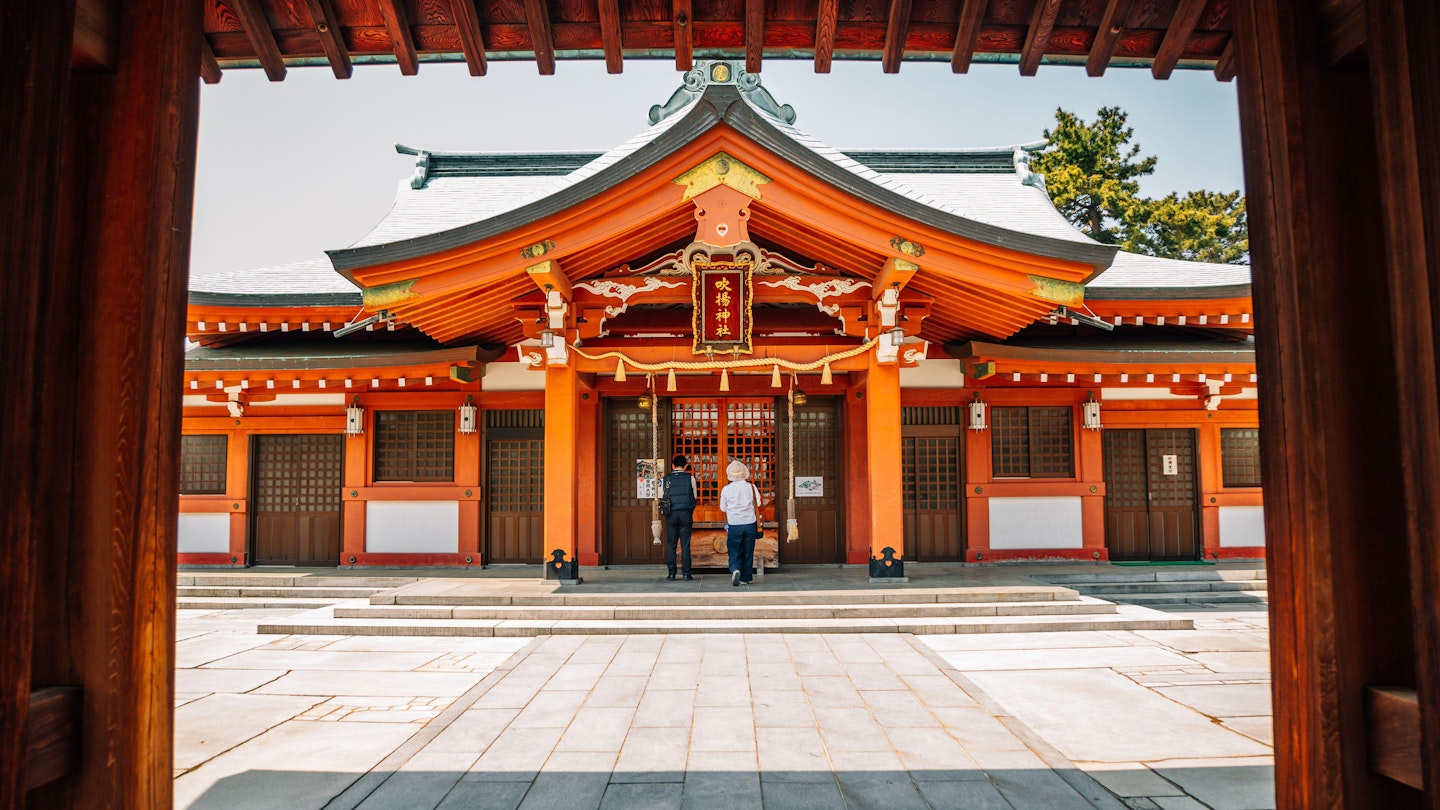When to Visit Shikoku, Japan
Over the last 1200 years, most visitors to the Japanese island of Shikoku have turned up in spring, allowing two months to walk the 88 Sacred Temples pilgrimage before the rainy season in June. However, today’s travelers come based on their unique interests. Mid-August brings festival time, outdoor enthusiasts prefer the warmer months, while those in search of fall colors visit from late October.
Peak Season: Mid-August and the Awa-odori Festival
If you’re heading to the Awa-odori festival in Tokushima, careful planning is essential, as accommodations and prices soar. Over one million people attend Japan’s wildest four-day dance party from August 12 to 15. Although smaller, Kōchi city’s Yosakoi Festival on August 10 and 11 is equally lively.
High Season for the 88 Sacred Temples Pilgrimage
The pilgrimage to the 88 Sacred Temples typically begins in spring. Nonetheless, many modern pilgrims choose to journey year-round, especially those traveling by vehicle. Hikers take to the hills in summer, while rafters navigate the Yoshino River during warmer months. Surfers also hunt for swells from June to October during Japan’s typhoon season, keeping in mind the unpredictability of weather-related disruptions.
Mid-July through the end of August is the school summer holiday period, leading to an influx of Japanese travelers, including families and students exploring Shikoku, which can make accommodation prices more expensive. The fall colors, especially in the central mountains, are particularly stunning in late October and November.
Avoiding Crowds: Low Season from December to March
While snowfall does occur in Shikoku’s mountains, the ski areas primarily cater to locals rather than visitors. Instead, this is a prime time for exploring the luxurious ryokan at the scenic hot springs of Dōgo Onsen. Traditional winter fish dishes and warm sake are popular during these months.
January: A Time for Onsen Pampering
As mid-winter arrives, many Japanese return to Shikoku to celebrate Shōgatsu (New Year) with family. While tourist attractions may be limited at this time, the hot springs at Dōgo Onsen in Matsuyama remain a key attraction.
February: Embrace the Tranquility
Still cold, February invites visitors to unwind at the onsen. Milder weather may appear late in the month, and Kōchi city hosts its Kōchi Ramen Festival in the central park, featuring ramen varieties from various regions of Japan.
March: Beat the Cherry Blossom Crowds
Similar to the rest of Japan, Shikoku’s primary attraction in late March and early April is the cherry blossoms. These delicate blooms generally begin to appear around March 25, reaching full bloom by April 4.
April: Celebrate Cherry Blossom Season
Cherry blossoms flourish in early April. Join locals in vibrant hanami celebrations, relishing picnics and sake under the stunning blossoms. Marugame-jō in Kagawa Prefecture is an especially picturesque location with over 1000 cherry trees around the castle.
During this time, Matsuyama hosts its lively Spring Festival at Dōgo Onsen and around the castle within the city.
May: The Arrival of Hiking Season
Spring continues in May, with rising temperatures signaling the start of hiking season. The majestic mountains, such as Ishizuchi-san and Tsurugi-san, attract avid hikers, especially during the national Golden Week from April 29 to May 5.
June: Embrace the Rainy Season
Japan’s rainy season, known as tsuyu, brings heat and humidity, creating challenges for outdoor exploration. However, rafters on the Yoshino River are prepared to embrace the wet conditions.
July: Climbing Season Begins
With the rainy season concluding by mid-July, summer holidays kick in, and popular beach destinations welcome numerous visitors. The formal climbing season for Ishizuchi-san commences on July 1, marked by a 10-day opening festival attracting thousands of climbers.
August: Crowds Arrive for Summer Festivities
Outdoor enthusiasts engage in various activities, including hiking, biking, rafting, kayaking, and surfing, taking full advantage of the summer weather. Mid-August impacts dance festivals during the Obon holiday, honoring the spirits of ancestors. Notably, Tokushima’s Awa-odori festival draws over a million attendees.
September: Perfect Conditions for Outdoor Activities
September enjoys pleasant weather, making it an excellent month for outdoor adventures. With Japanese summer holidays concluded, the crowds thin out, providing a calmer atmosphere.
October: A Celebration of Autumn Colors
October welcomes harvest festivals, particularly in Ehime Prefecture, where taiko drum floats create a lively atmosphere. As temperatures drop, beautiful fall foliage captivates visitors, enticing hikers to explore the vibrant colors.
November: Indoor Activities Gain Popularity
As autumn ushers in cooler temperatures, indoor activities become more popular, especially visits to Dōgo Onsen.
December: Celebrations Abound
The December festive season brings end-of-year celebrations, while winter settles in. Snow may grace the central mountains, becoming a charming sight for visitors.





